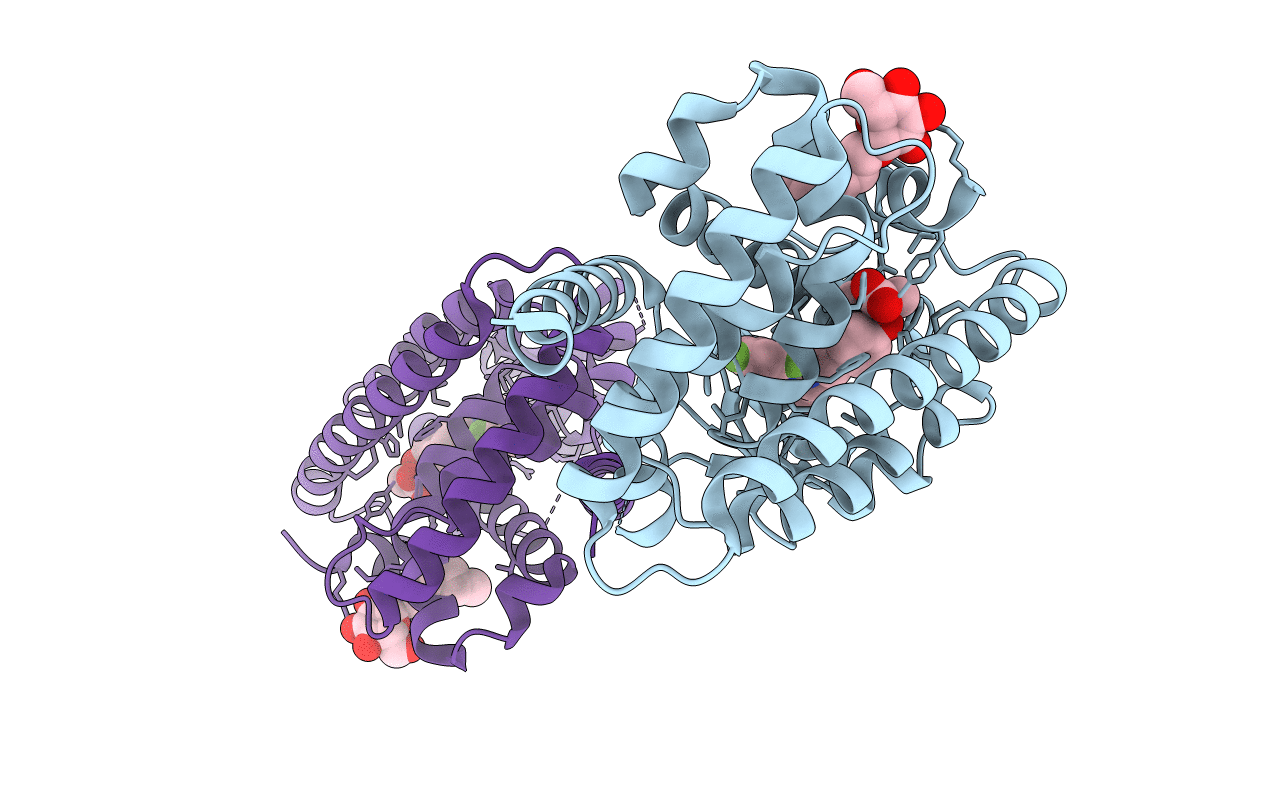
Deposition Date
2004-11-16
Release Date
2005-03-29
Last Version Date
2023-08-23
Entry Detail
PDB ID:
1Y0S
Keywords:
Title:
Crystal structure of PPAR delta complexed with GW2331
Biological Source:
Source Organism:
Homo sapiens (Taxon ID: 9606)
Host Organism:
Method Details:
Experimental Method:
Resolution:
2.65 Å
R-Value Free:
0.26
R-Value Work:
0.21
R-Value Observed:
0.21
Space Group:
P 1 21 1


